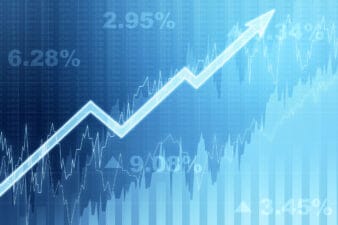There may be situations where you want to withdraw funds from your RRSP. Generally, the amounts you withdraw from your RRSP are taxable in the year the withdrawal is performed.
There are ways, however, to withdraw money from an RRSP without having to pay taxes on withdrawals. Here’s how you can make tax-free RRSP withdrawals to buy a house or pay for education. For further details, check the Canada Revenue Agency’s website.
Home Buyers’ Plan
If you buy or have a qualifying home built and you need money other than for a mortgage, you can take advantage of the Home Buyers’ Plan (HBP).
You can withdraw up to $25,000 tax-free under this plan. Spouses or common-law partners can jointly withdraw up to $50,000 ($25,000 each).
You only have access to this plan if you and your spouse or common-law partner are first-time buyers. Contributions must have been made to your RRSP at least 90 days before the HBP withdrawal, otherwise, they will not be deductible.
You are considered a first-time home buyer if in the four years preceding the withdrawal you have not occupied a home owned by you or your spouse or common-law partner. Even if you or your spouse or common-law partner have already owned a home, you may still be considered a first-time home buyer. Ask your tax advisor or accountant for further details.
You will have to repay the amounts withdrawn from your RRSP in equal payments over a maximum period of 15 years. Your repayment period starts the second year after the year when you first withdrew funds from your RRSP for the HBP.
According to the terms of the plan, all amounts not reimbursed will be added to your taxable income in the year the repayment is due.
If you have already participated in the HBP, you could still do so if your HBP repayment balance is zero on January 1 of the withdrawal year and you meet all the other conditions of the plan.
Lifelong learning
Your RRSP can also be used to fund your own post-secondary education or that of your spouse or common-law partner under the Lifelong Learning Plan (LLP). You can withdraw up to $10,000 per year up to a maximum of $20,000 over four years. The money must be repaid within 10 years in equal installments.
You can’t use the LLP to pay for your child’s studies fees. However, you can save for your child’s post-secondary education without paying taxes in a registered education savings plan (REEP).
If you withdraw funds from your RRSP under the LLP, you must put them back in your RRSP over a period of 10 years maximum. All amounts not reimbursed, according to the terms of the plan, will be added to your taxable income during the year of the repayment due date.
Buying stocks may help you achieve your goals faster
Remember that you can invest in many kinds of investments within your RRSP. You could make your money grow faster and buy a home or go to college faster by buying stocks than by parking your RRSP in cash or GICs.
For instance, Alimentation Couche-Tard is a defensive stock that has returned 60% over the past five years. If you had bought $10,000 of Couche-Tard’s shares five years ago, you would have about $16,000 in your RRSP now.
This is just one example of a stock that delivers solid returns on a long period. There are many other stocks on the TSX that are good buys now.







